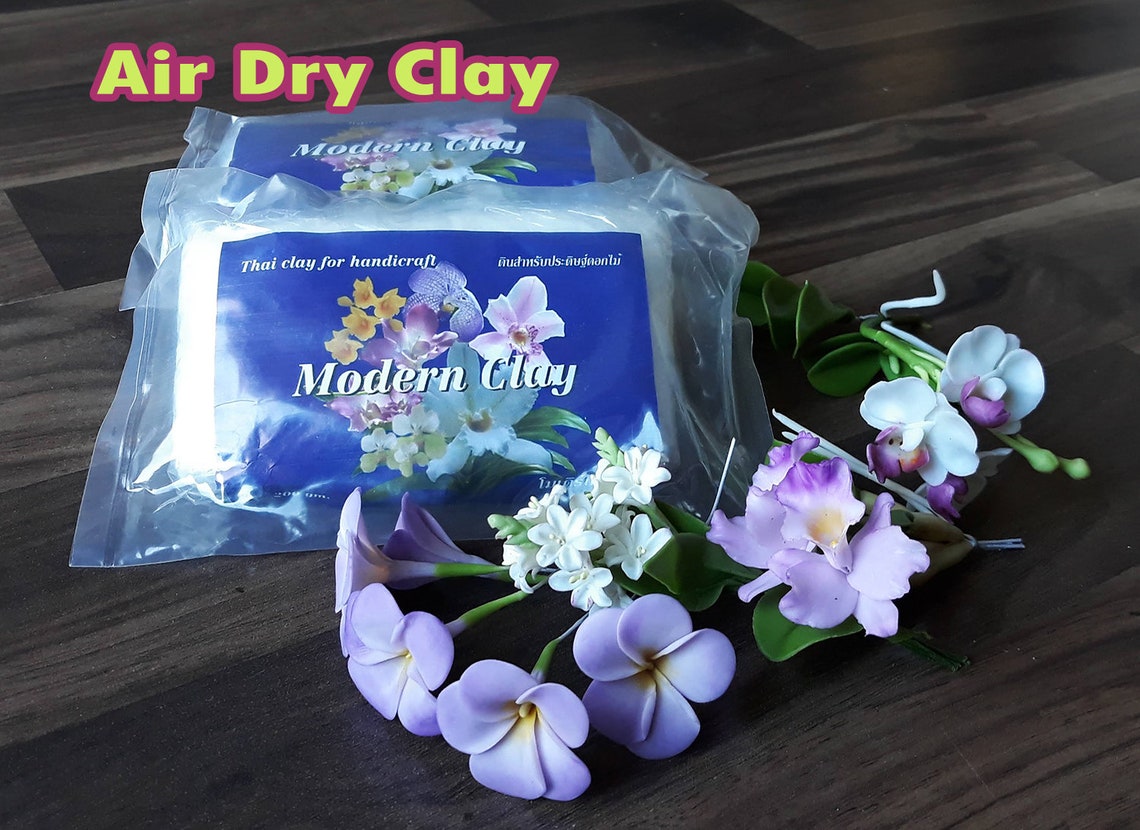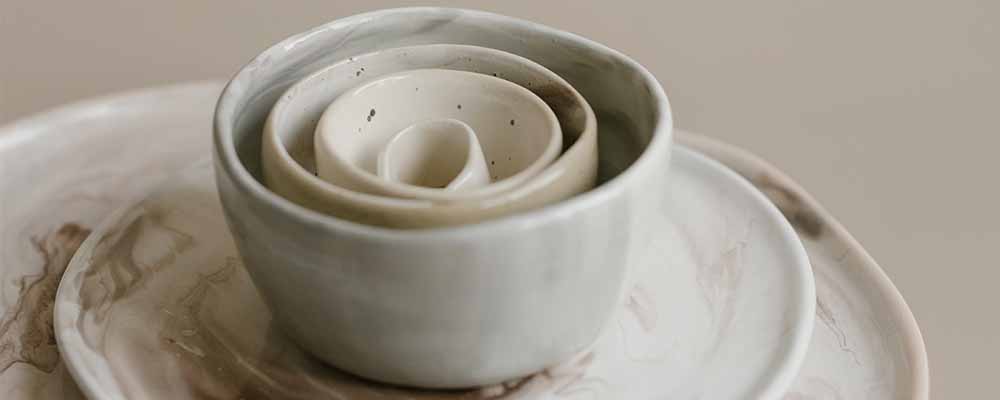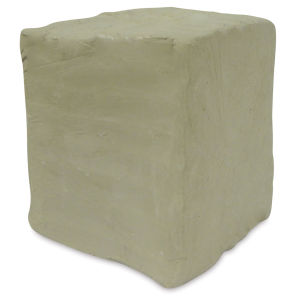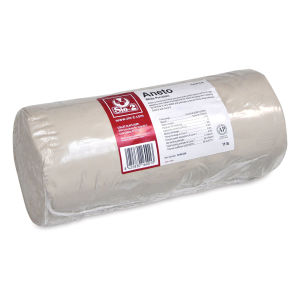Many potters are drawn in by porcelain clay because of its bright white complexion, translucency, and beautiful glaze. But what exactly is porcelain clay and how do you use it?
What Is Ball Porcelain?
Ball porcelain (also called kaolin clay) is a kind of raw material that is used by potters to create ceramics and pottery. Although it’s obtained through mining, porcelain clay has very few extraneous materials like sand and minerals.
Because porcelain is so soft and smooth, it’s great for creating smaller and more delicate pieces, like china and figurines.
How to Use Porcelain Clay
While it’s true that porcelain clay is one of the softest clay types, it’s not the easiest clay body to handle. Even on a throwing wheel, you may find yourself having a hard time keeping your porcelain clay stable.
This is because porcelain clay is a permeable clay body, meaning it soaks up water very quickly and dries just as fast, too.
Here are some tips to help you with porcelain clay pieces:
Wedge the clay properly
It’s important that you wedge your porcelain clay a few hours up to a day before using it to make any pieces. This is to make sure that water content is evenly distributed all throughout the clay ball. Additionally, this helps the clay particles to coordinate themselves into a circle.
IMPORTANT NOTE: Let your porcelain clay rest when you finish wedging, as porcelain has a tendency to fatigue very easily.
Avoid over-handling
As soon as you’ve stabilized your porcelain structure, avoid over-handling it to prevent it from collapsing and/or losing shape.
Hydrate as needed
To avoid cracking and drying, fill a spray bottle with water and spray your clay as needed. It’ll take some time before you can perfectly gauge the proper water levels for your porcelain clays. (Each body is unique and will therefore need you to evaluate them separately.)
How Porcelain Clay Is Made
Porcelain clay is made from a mixture of heated silica, feldspar, clays, and flint materials of fine particle sizes. These ingredients are combined in varying proportions to form different types of porcelain bodies.
Before any of this happens, materials are hand-selected by the manufacturer to meet a certain criterion set by a customer. Once the materials have been selected, they are crushed and henceforth undergo cleaning and mixing to create the “perfect” clay body.
There are three main types of porcelain: Hard Paste, Soft Paste, and Bone China.
Hard Paste
Hard-paste porcelain originated in China and was a highly valued commodity back in the day, due to its durability, strength, and visual appeal. It’s made of petuntse and kaolin and shows the best results when fired at 2552°F.
**Petuntse is a term used to broadly describe a variety of feldspathic rocks that have undergone some kind of geological decomposition process.
Soft Paste
Soft-paste porcelain was made by Europeans in an attempt to mimic Chinese porcelain. It first emerged in Italy, France, and England, and while it did manage to imitate hard-paste porcelain, soft-paste was harder to work with and was more prone to collapsing.
Soft-paste doesn’t require elevated firing temperatures and can fire at only 1832 to 2282°F. This porcelain body contains a combination of bone ash, flint, ball clay, soapstone, and quartz.
Bone China
Bone china was quite popular in Britain from the 18th century onwards. It contains an excessive amount of phosphate from animal bones (30%) and calcium phosphate from other sources, allowing for more durability and strength.
Traditional formulations of bone china used 50% bone ash, 25% kaolin, and 25% china stone.
The Benefits of Using Porcelain Clay
There’s a reason why plenty of potters prefer porcelain over other clay bodies, and that’s because there’s literally nothing stronger when done right. You can turn porcelain clay into plates, cups, vases, tiles, and several other art pieces.
Most people don’t know this, but porcelain clay is also often used in electrical insulation. This is because this clay body is exceptionally shock-resistant. They are used to insulate antennas as well as high-voltage cable terminals.
Porcelain is also often used in dentistry to cover up cavities, mold dentures, as well as rebuild broken or chipped teeth.
Best Porcelain Clay Reviews and Recommendations
Below are some of our top picks for porcelain clays:
Standard Ceramic Porcelain Clay
Standard Ceramic Supply’s Porcelain Clay is a great clay body for beginners. It’s easy to work with and doesn’t crack or disfigure as much as other porcelain clay bodies.
It’s easy to throw on a wheel and fires nicely at cone 6. Take note that this porcelain clay doesn’t often fire white, so there may be instances when you’ll be left with a creamier yellow shade after heating.
This clay body has a shrinkage rate of 12% and an absorption rate of 2%.
Sio-2 Aneto White Porcelain Clay
The Sio-2 Aneto has a high plasticity rate that makes it perfect for wheel throwing and modeling projects. It’s very stable, making it a great option for any level potter. It also has a reliable firing range of 2269°F-2320°F (Cone 6-8).
The only issue we see with this product is that it doesn’t come in a bigger package. Regardless, you can use it for small projects.
Modern Clay – Cold Porcelain Clay

This Cold Porcelain Clay from Modern Clay is air-dry clay, so you don’t have to fire it — just leave it out at room temperature and wait for it to dry. It dries with a translucent finish, so if you want it to be opaque, you’ll have to add a few drops of white coloring to get the effect.
Ingredients in this clay aren’t like your typical porcelain clay and include rubber glue and adhesive latex.
Conclusion
Porcelain clay is a durable, versatile, and strong clay body that can be used in a variety of projects from kitchenware and hardware to artworks and medicine. It has a long history and has been used by generations of people to create masterpieces that live on until today.
If you’ve always wanted to try out porcelain clay but were afraid to start because you lacked the knowledge and experience, we hope that reading this article helps you finally get started.



